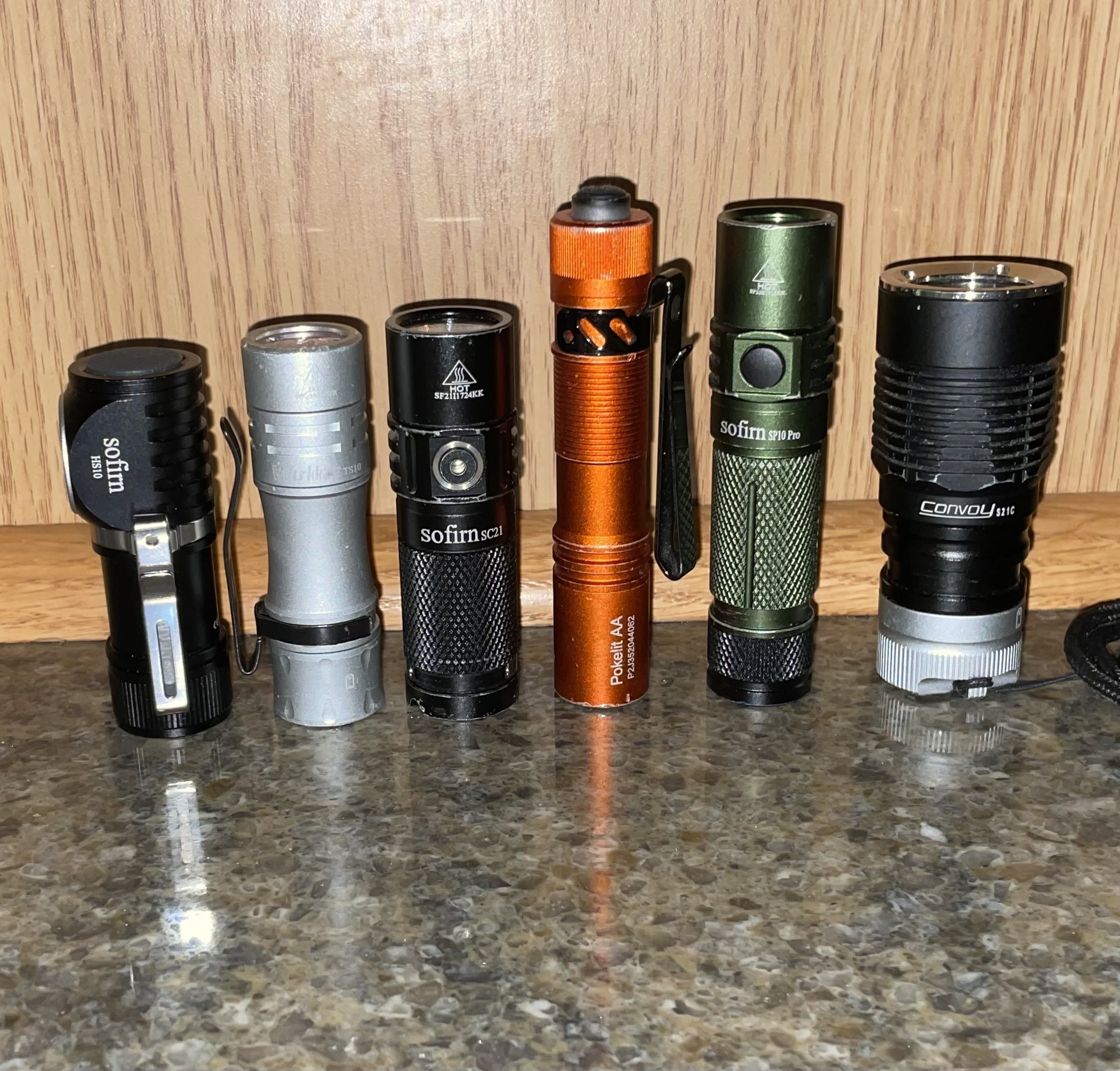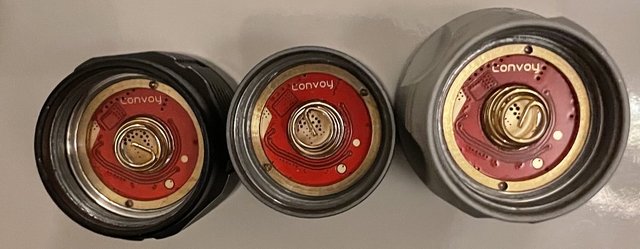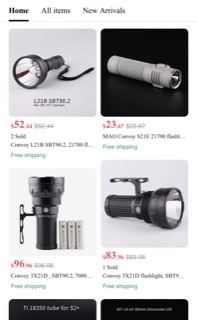Real RGB? Does this mean we can now control the color?
That’s right, check out https://lemmy.world/post/3287635 for some pics.
I was confused about the engraving but I like your idea to ask for “no engraving” as the option. Only the first 30 get a custom one so maybe everyone else will have the logo engraving.









Oh sorry I mixed that up, the Wurkkos rep called it “bead-blasted” but that sounds more like stonewashed than brushed.
There were also some alternate finishes for the previews, maybe one will make it into production.